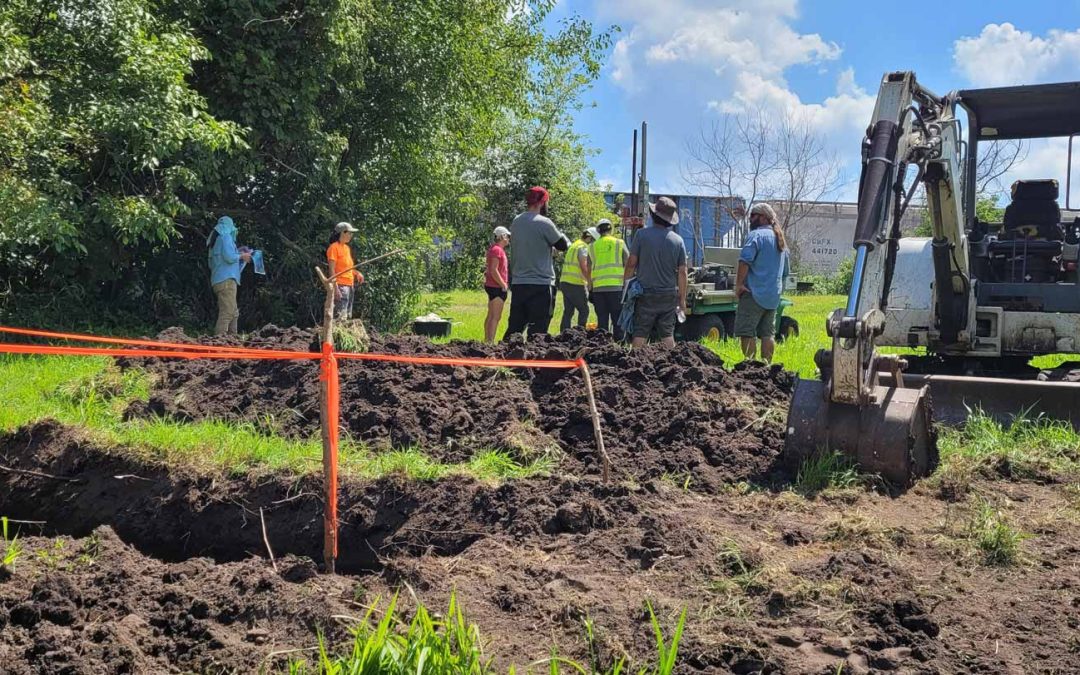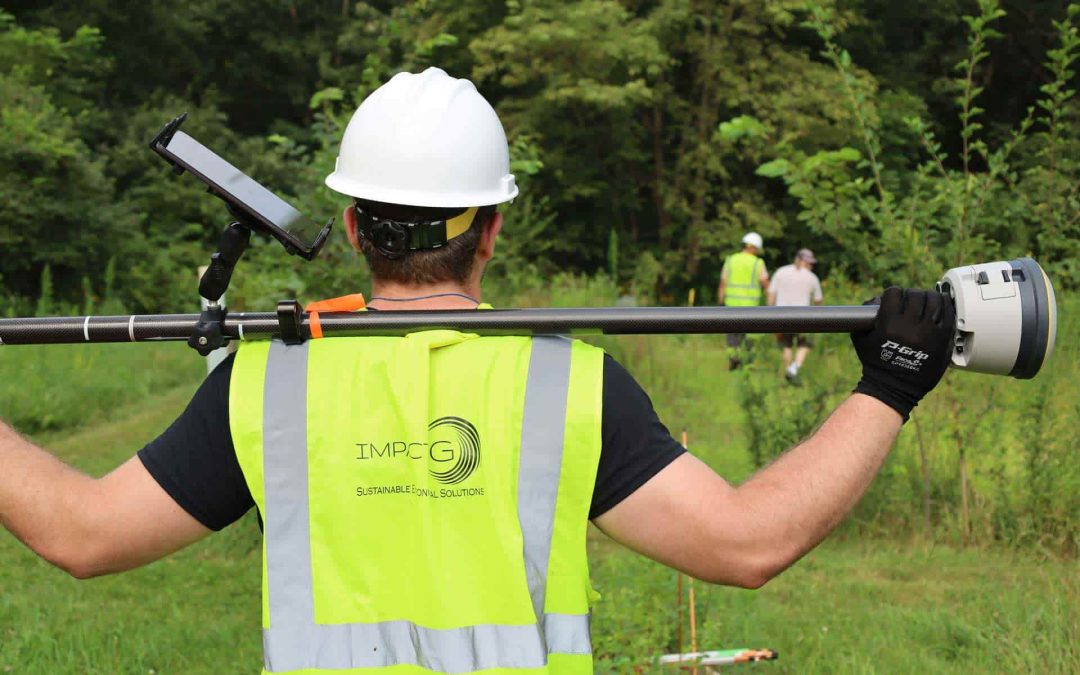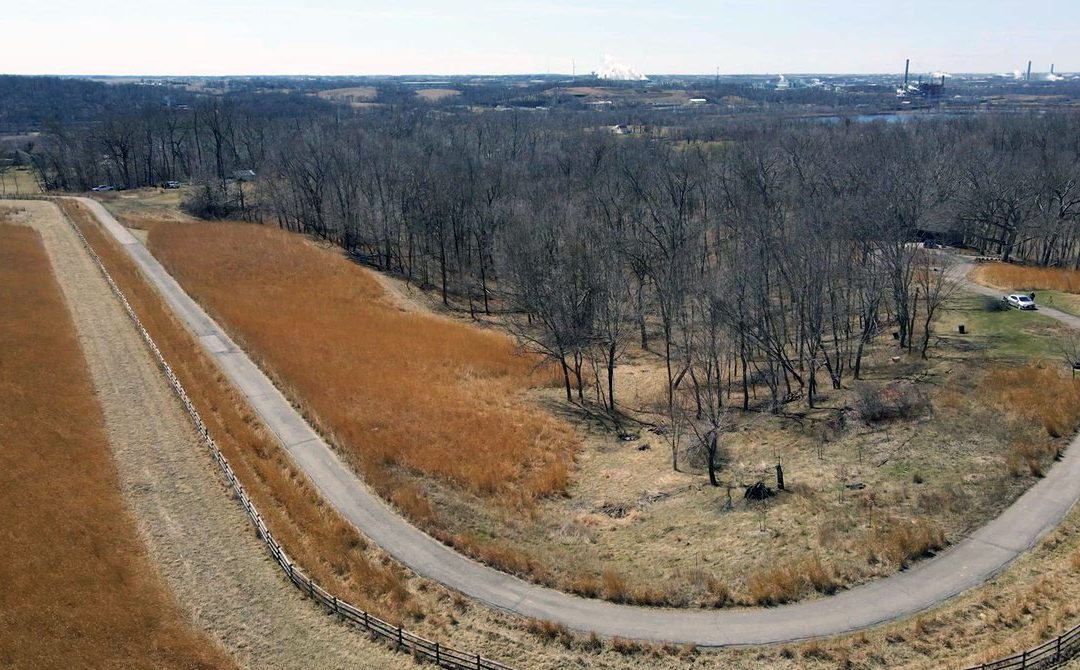Sundown Lake is nestled in the scenic wooded ravines of the Southern Iowa Drift Plain in Appanoose County. Constructed in the 1980’s, the lake is primarily fed from the northwest by South Soap Creek. Heavy sedimentation over time has created a delta where South Soap Creek enters Sundown Lake, which is not unlike the Mississippi River Delta in the Gulf of Mexico, albeit on a much smaller scale. If left unchecked this natural process will eventually fill the lake making it inaccessible to boats and unsuitable for waterfowl and other aquatic species.
Sedimentation and its ecological impacts are unfortunately not unique to Sundown Lake. The most common maintenance solution is to dredge or physically remove the sediment from the lakebed and place it within a suitable upland area offsite. Dredging can be an expensive process and have negative ecological consequences such as the potential to disrupt local fish populations, release excess nutrients or toxic materials, or allow invasive species to gain traction.
In November of 2021, a team of Impact7G stream restoration ecologists and environmental scientists embarked on a week-long field assessment of the Sundown Lake watershed. Because no two streams or watersheds are alike—differing in adjacent land uses, underlying geology, storm frequency, and intensity, and other man-made alterations—field-collected data is vital to accurately quantify the sediment supply. Common components of a typical geomorphological stream survey were conducted, including surveying cross-sections and profile, pebble counts, sub-pavement/bar sieve analysis, Bank Erosion Hazard Index and Near Bank Stress, and other stability indices. These practices are taught in-depth as part of the Iowa DNR’s River Restoration Toolbox training, which All Impact7G team members have completed. In addition, the study looked at bedload and suspended sediment collected during various stream stages to figure out the quantity and size distribution (silts, sands, gravel, etc.) moved at a respective stream stage.
The goal of the study is to provide the Sundown Lake Rural Improvement Zone board options for best management practices to minimize the amount of sediment entering the lake and eliminate or reduce the frequency and extent of future dredging activities. A public outreach component to landowners in the watershed will accompany a final report of findings and recommendations to the board.


